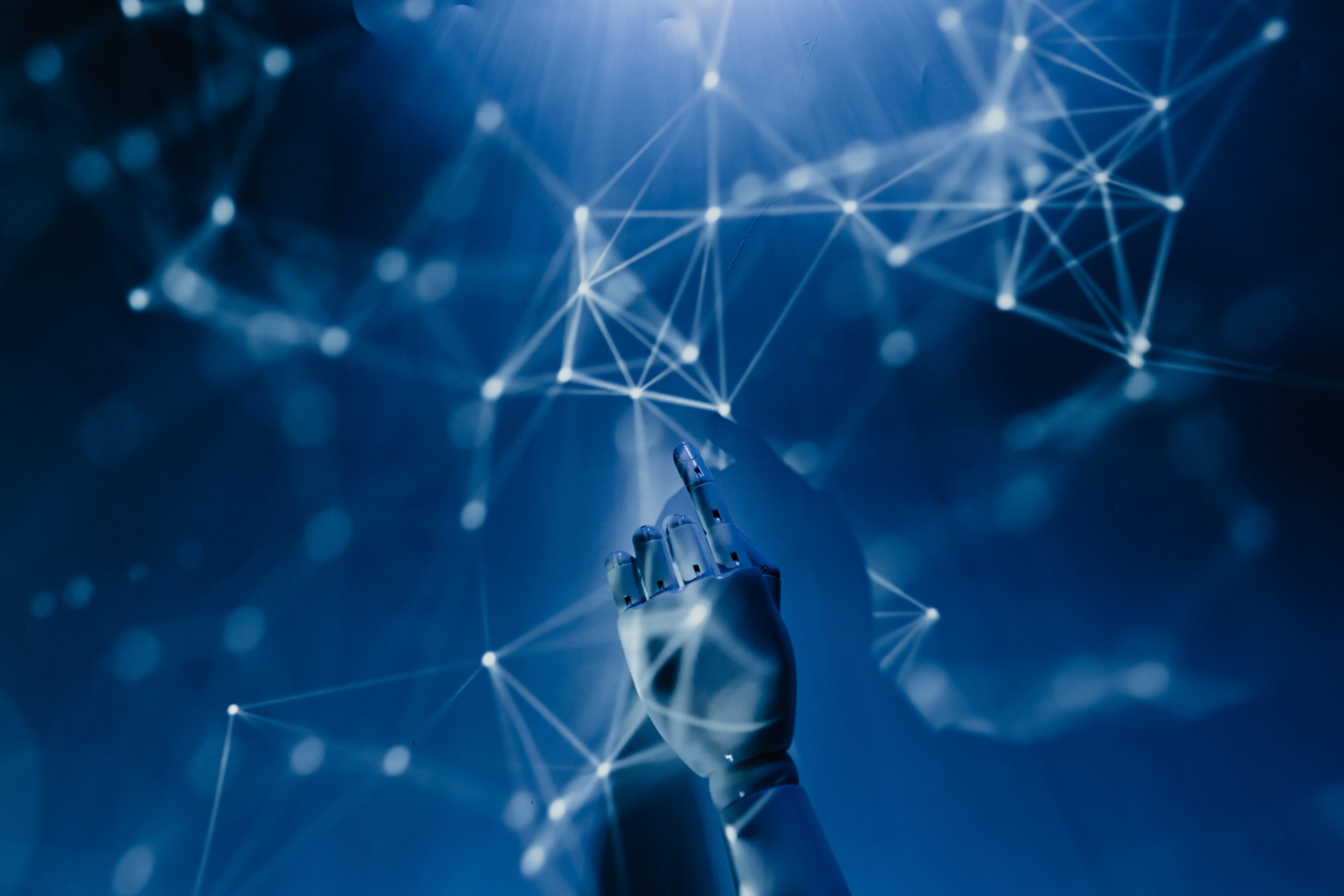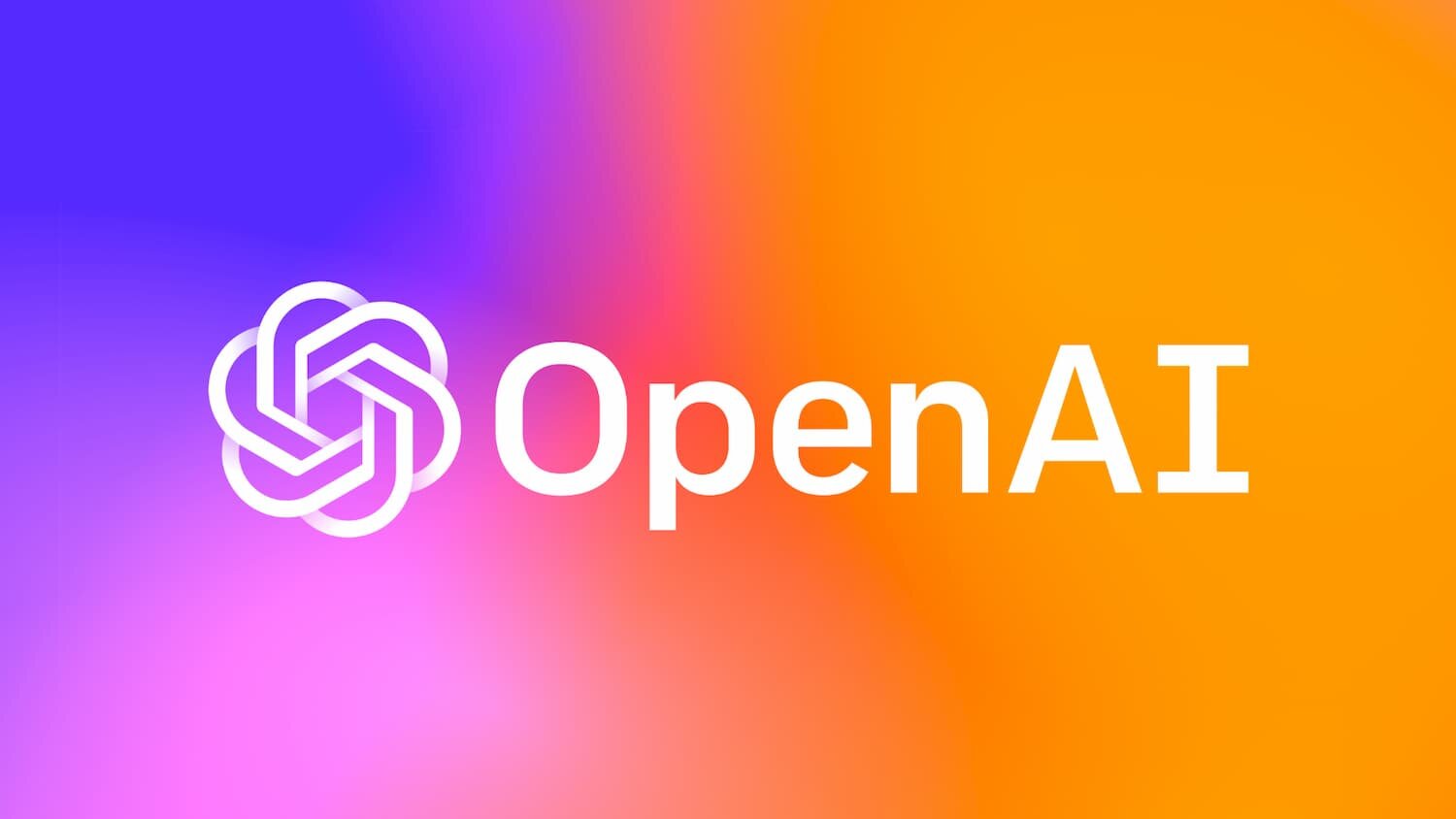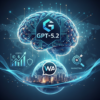OpenAI and Artificial Intelligence Education: A Guide for Teachers
Introduction: OpenAI Revolutionizes the Teaching of Artificial Intelligence
Recently, OpenAI, the famous organization founded by Elon Musk, has released a revolutionary guide dedicated to teachers. This guide aims to support educators in the complex process of integrating knowledge about artificial intelligence (AI) and machine learning into classrooms. In an era dominated by technology, it is crucial for teachers to understand how to adapt and apply these advanced disciplines to their pedagogical methods.
Chatbots as Educational Tools: Here's How They Work
One of the most interesting applications of AI in education is the chatbot. For example, OpenAI's ChatGPT is a prototype chatbot powered by artificial intelligence and machine learning, specializing in conversations with human users. Similarly, Querlo Chatbot Assistant is a chatbot generator developed by New York-based company Querlo, which uses sophisticated benchmarking techniques to create interactive chatbots.
By definition, a chatbot is software that simulates human interactions. Also known as digital assistants, chatbots are able to interpret and process user requests to provide timely and relevant responses. These virtual assistants are increasingly present in various online environments, from websites to messaging applications such as Facebook Messenger, Twitter and Whatsapp.
Acquiring AI Skills: Workshops and Tools
One of the most effective ways to teach and learn AI is through the hands-on use of tools like chatbots. Webinars and experiential workshops can provide a great platform to experiment with chatbot design using software like “Chatbot Studio”. These educational tools not only allow us to better understand the complexity of AI, but also how to manage and integrate digital technology into teaching and learning processes.
The ultimate goal is to use innovative methods and strategies to improve assessment practices and teaching effectiveness. With the right guidance and tools, educators can overcome the learning curve associated with AI and become pioneers in the field of technology education.
 Conclusion: The Importance of Artificial Intelligence in the Education of the Future
Conclusion: The Importance of Artificial Intelligence in the Education of the Future
In summary, the guidance released by OpenAI represents an important step towards a future where artificial intelligence and machine learning are integrated into educational practices. With the advent of tools such as chatbots and specialized software, teachers now have invaluable resources at their disposal to improve and modernize teaching and learning methods. Adopting these technologies is more necessary than ever to prepare new generations for the challenges of the digital future.







